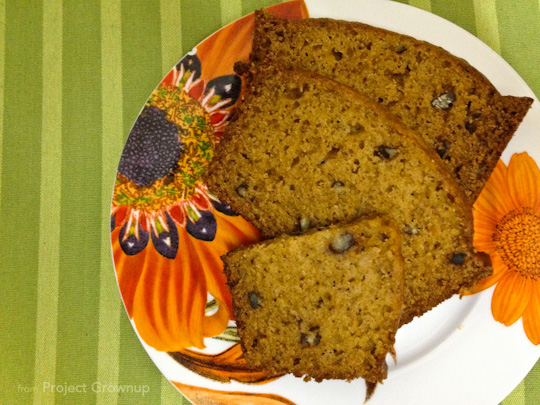Last week I shared how easy it is to make oatmeal without the little packets. And I shared how confused I am that foods like oatmeal have an “instant” version. Popcorn is another one of those things.
I mean, fair enough, if you microwave popcorn from a bag, you don’t have to clean a pot. But you also have to eat powdered butter, spend extra money, and throw a few extra things in the trash. Which I did for years because the only non-microwaved popcorn I’d ever had required a special machine.
Who knew you could make it in a normal pot? Well, the Aztecs did, I guess. But the tradition died and we started eating sub-crunchy semi-burned popcorn with flavor granules on top, and now people like me grow up not knowing that you can put just any ol’ pot on the stove with oil and kernals and make the tastiest popcorn ever in huge quantities.
But now, I know. And you do, too!
How To Make “Real” Popcorn on the Stove
Gather Your Stuff:
- Oil
- Popcorn Kernels
- a Pot with a fitted lid
I mean, that’s stupid easy right?
A real quick note about that pot: You want it to be deep like a sauce pan or a soup pot, not wide like a skillet. It can be small or big, but as I’m not going to give you exact ingredient measurements (gasp!) you want to select a pot that doesn’t put you in danger of the kernels popping over. (In case someone out there really needs a guideline, I’ve done a little geeking out for you and figured out that if your pot has 2 inches of height for every 3 inches of diameter (ish), you’ll most likely be fine.)
Back on track.
Those three things above are really all you need, but do yourself the favor of getting out some butter and salt, too. Pretty please do that for me?
- Put the pot over medium heat and add enough oil to thinly coat the bottom (and swirl it to coat). Put one kernel in the pot and put the lid on. But leave it slightly askew so the steam can escape.
- When the kernel pops, add the rest of the kernels. You can measure them if you want to, but if you’ve chosen a pot like I described above, you can just cover the bottom of the pan about a layer and a half thick with kernels. (If the popcorn “overpops” the pot, use less next time; if it doesn’t max out the pot, next time you can add more. No need to overcomplicate it.)
- Let the kernels pop, shaking the pot every two minutes or so to help the unpopped kernels settle to the bottom. (That way you have fewer unpopped kernels in the end.) I just grab some potholders, let the lid close over the pot, and hold the lid down as a lift the pot by the handles and give it a big every-which-way shake. That’s usually my exercise for the day. (Don’t forget to re-vent the lid.)
- When the popping slows, take the pot off the heat, leaving the lid on until the kernels stop popping. If you ignore this little gem and lose an eye, I will show your lawyers that I clearly warned you.
- Flavor the popcorn, and eat voraciously!
Flavoring the Popcorn
Popcorn flavors are limited only to your imagination. But here are a few ideas to get you started:
Butter & Salt
Melt some butter in the microwave (I suggest adding a little extra salt to the butter, even if it’s already salted. It will make the butter taste extra buttery.) Drizzle the melted butter on the popcorn, stirring lightly as you go. Then sprinkle with kosher salt and stir.
Salt & Pepper
Do the same as above but add ground black pepper when you add the salt. If you don’t taste the pepper, keep adding more until you do. Just trust me on this one.
Spicy Chili
Do the same butter-melting-thing described above and then sprinkle on a mix of hot chili spices and salt. We use this recipe from Martha, but for the life of me I can’t figure out why she uses olive oil. Use butter, friends. Butter. (The recipe is the last one on that page.)
Special Concoctions
There are a bazillion flavor-ideas for popcorn on the internet: Martha has pages worth of ideas. Pinterest has a few things (of course), and tastespotting will tempt you silly.
Our most recent love is Autumn-Spiced Popcorn. It’s buttery and sugary and all-things Autumn. I highly recommend it.
…what about you?…
Are you a popcorn person? What is your favorite way to flavor it?
 It’s Foodist Friday. And while I will definitely keep recipes to a minimum around here (in favor of sharing about techniques and ingredients), today I’m honoring the season by sharing one of my favorite Fall recipes with you.
It’s Foodist Friday. And while I will definitely keep recipes to a minimum around here (in favor of sharing about techniques and ingredients), today I’m honoring the season by sharing one of my favorite Fall recipes with you.